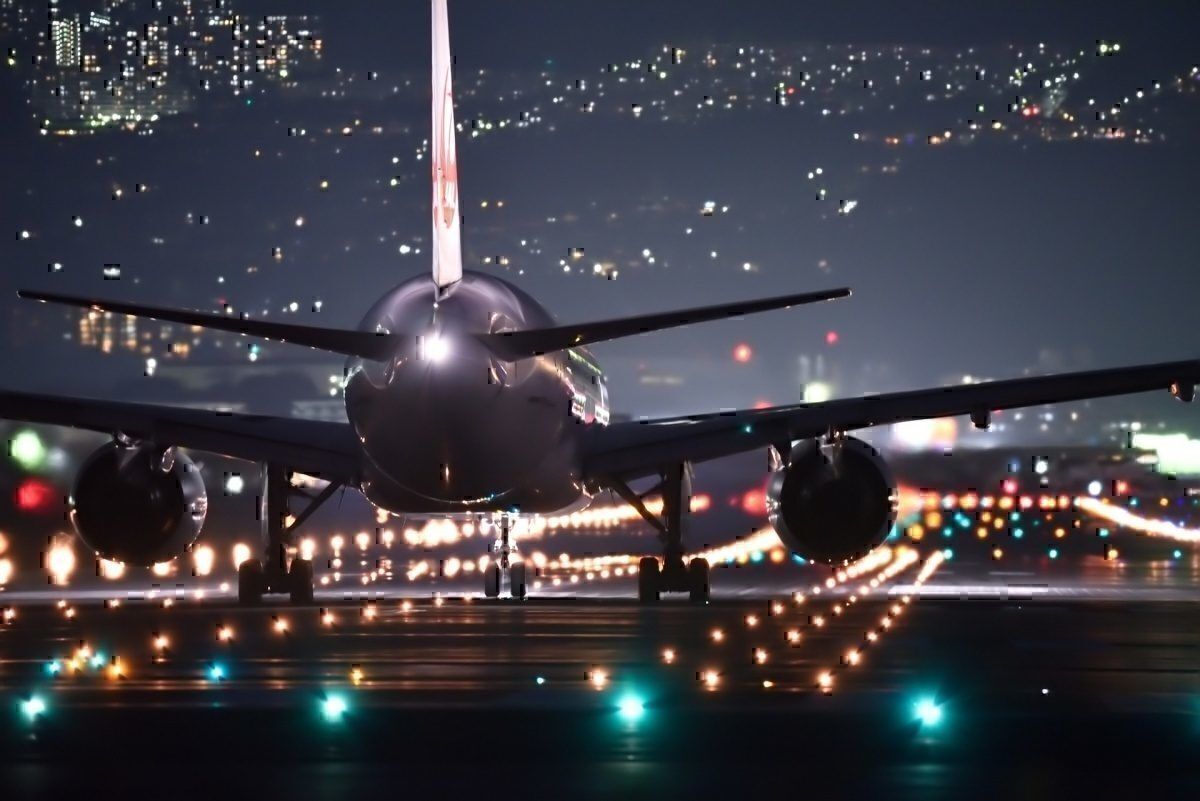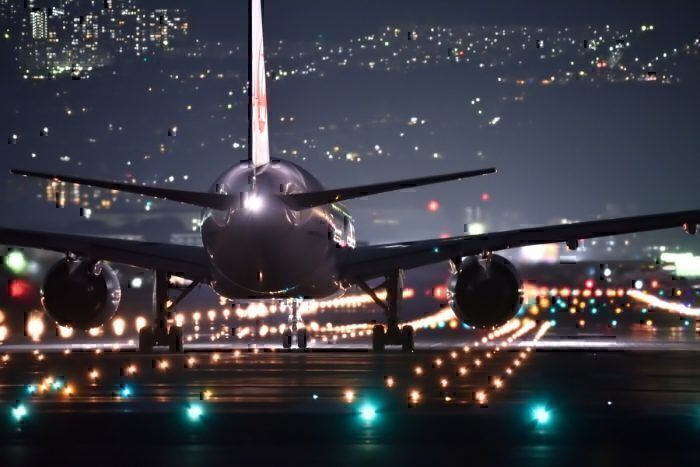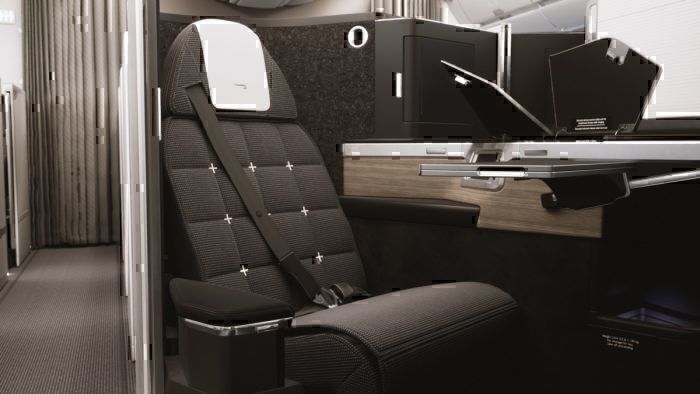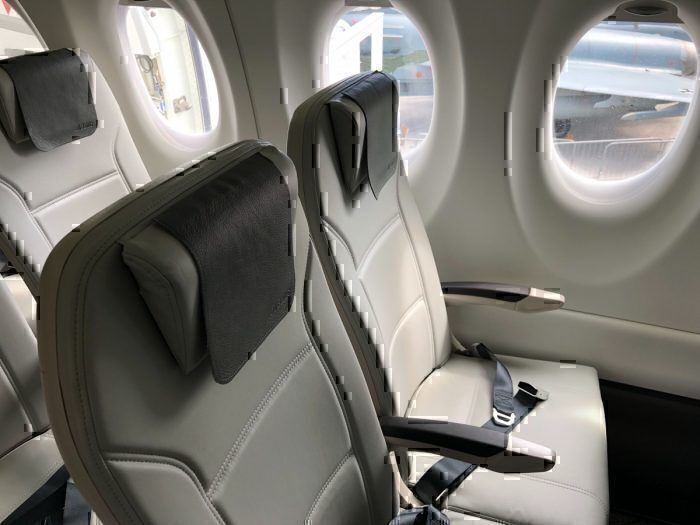Airline passengers today are increasingly encountering three-point harnesses on aircraft. Yet it is perfectly possible to travel on airlines on a regular basis, and never be appointed a seat with this provision. So why is it that some aircraft seats have three-point harnesses, but most do not?
FAA regulations
At the heart of this issue, as is so often the case in the airline industry, is regulatory legislation. FAR 25.562 Amendment 25-64 - “Emergency landing dynamic conditions” - outlines the way that seat and restraint systems on aircraft should be designed, according to the FAA.
And the regulation designates that “proper use is made of seats, safety belts, and shoulder harnesses provided for in the design”. As such, airlines are expected to provide and ensure the use of appropriate safety belts for all passengers. However, not all of these are three-point harnesses such as you'd find in a car; why?
Business class
Most three-point shoulder harnesses are found within the business class of an aircraft. The reason for this is that it can be viewed as an additional attraction of these seats, while not being fitted in blanket fashion across the aircraft due to the expense involved.
Indeed, Qantas recently announced that they will offer the world's first seats which enable passengers to recline in the seat from takeoff, all the way through to landing. These new seats feature an over-the-shoulder belt, which has enabled this innovation to be achieved.
Three-point harnesses also protect passengers' heads from hitting the shells of the seat in front of them. This can obviously be an issue on particularly jittery flights, or when an aircraft experiences a slightly rough landing. Equally, the three-point harness will also ensure that passengers are kept in place during turbulence when seats are reclined.
Prohibitively expensive
Many airlines have avoided the three-point harness on their aircraft, particularly in economy and the cheapest seats, as the amount of expense involved in maintaining them is pretty steep. This means that you will rarely experience three-point harnesses in aircraft seats on shorter flights and budget airlines unless they are mandated to provide them under legal regulations.
Nonetheless, airlines have been under pressure to update safety provisions, after evidence emerged that lap-only seat belts contributed to injuries during the crash landing of Asiana Airlines Flight 214. Todd Curtis, aviation safety expert and founder of AirSafe.com, told NBC that “different kinds of seat belts...may have prevented some passenger injuries”.
With the FAA asserting that shoulder belts – already required in smaller aircraft – reduce major injuries in small planes by 88%, the onus is now on major airlines to respond to this. Yet many have been reluctant to do so, largely due to the prohibitive costs involved in equipping every single seat in their aircraft with new seat belts.
There are also technical considerations involved with the installation of shoulder harnesses. These are easy to implement in cars, as they can be attached directly to the frame of the vehicle, but in aircraft, they need to be attached to the bulkhead, which is significantly less sturdy. Attaching seat belts to the seat would require them to be reinforced, in turn increasing the weight of seating, which is highly undesirable on multiple levels.
So while it's good news that some airlines are beginning to include three-point harnesses in their aircraft, there is some way to go before safety provisions in the industry are ideal, and several problems to be solved before this is achieved.




